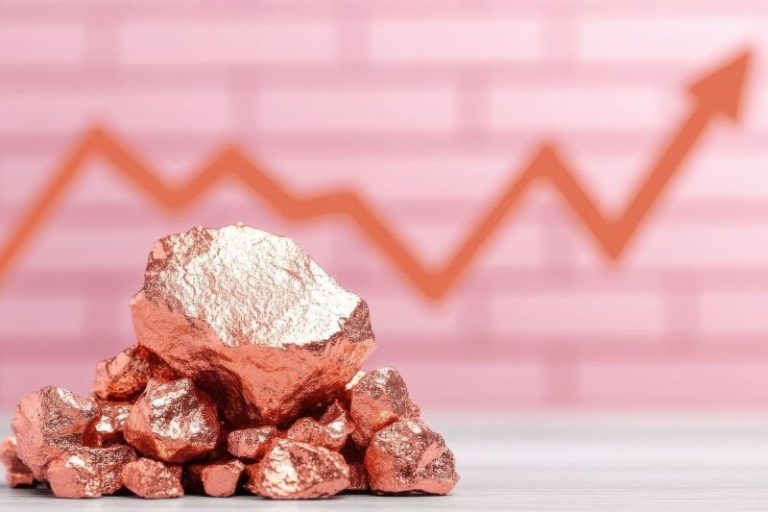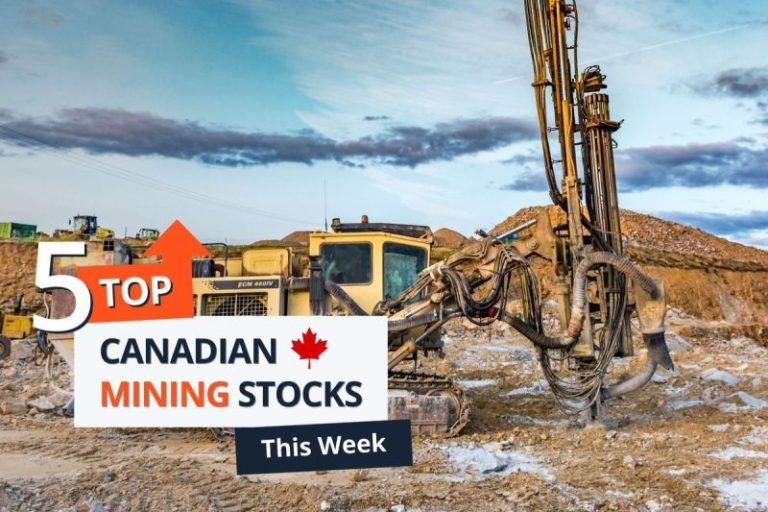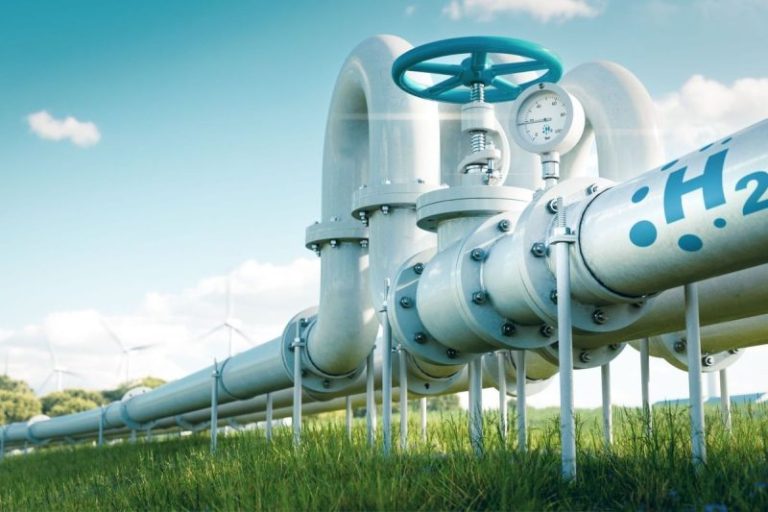Copper prices surged past US$10,000 per metric ton on Thursday (March 20), hitting a five month high as traders scrambled to secure supply ahead of potential US tariffs on the base metal.
London Metal Exchange (LME) copper futures climbed sharply in early trading, reflecting a combination of supply constraints, rising demand and uncertainty surrounding trade policy.
US President Donald Trump has ordered a probe into the national security implications of copper imports, raising concerns that a 25 percent tariff could be imposed, similar to levies already placed on aluminum and steel.
The potential for such tariffs has triggered a wave of preemptive buying, particularly in the US, where traders are paying record premiums to acquire copper before any duties take effect. The spread between New York Comex futures and the LME price widened to more than US$1,254 this week, exceeding February’s high of US$1,149.
Tariff threat complicating copper trade
If the US imposes a 25 percent tariff on copper imports, analysts say the price gap between Comex and LME copper could widen even further, potentially surpassing US$2,000.
StoneX analyst Natalie Scott-Gray told the Financial Times that this would further distort global copper trade, creating strong incentives for suppliers to shift even more metal to the US market.
Wei Lai, deputy trading head at Zijin Mining Investment Shanghai, told Bloomberg that “a round of cross-regional repricing triggered by potential US tariffs’ is unfolding. The rush to divert supply to the US is leaving other regions short of the metal, while also boosting investor confidence in copper as a lucrative commodity.
Beyond tariffs, the copper market is facing broader supply-side challenges. Processing fees for copper smelters have reached historic lows, raising concerns about the long-term viability of some refining operations. An oversupply of smelting capacity — particularly in China — has made it difficult for copper smelters to maintain profitability.
Commodities trading giant Glencore (LSE:GLEN,OTC Pink:GLCNF) recently announced it would halt operations at its Philippine copper smelter, citing “increasingly challenging market conditions” as processing fees collapsed.
More smelters could shut down if the situation persists, further tightening copper supply and boosting prices.
While trade policy is a key factor driving copper’s price surge, broader macroeconomic trends are also playing a role. Expectations of rising demand from Germany’s major infrastructure and military spending initiatives, as well as stimulus measures in China, are supporting bullish sentiment for the metal. Furthermore, some investors are diversifying away from US tech stocks, shifting funds into gold and industrial metals as a hedge against economic volatility.
During the recent Prospectors & Developers Association of Canada convention, Adrian Day, president of Adrian Day Asset Management, explained why US tariffs on copper imports would be a bad idea.
‘Logically, if you’re worried that we need a lot of copper in the US and we’re not producing enough, the last thing you want to do is put tariffs on shipments from abroad,’ Day explained. ‘I suspect, that the people making a recommendation will recommend no tariffs, and they’ll recommend encouraging domestic production, and so on.’
Rising copper prices boost China’s Zijin
The positive impact of higher copper prices is already being felt across the mining sector.
Zijin Mining Group (OTC Pink:ZIJMF,SHA:601899), China’s largest metals producer, reported a 52 percent jump in profit last year, driven by increased output and soaring prices for copper and gold. The company posted net income of 32.1 billion yuan (US$4.4 billion), with revenue climbing 3.5 percent to 303.6 billion yuan.
Despite these gains, Zijin recently lowered its copper output target for 2025 by about 6 percent to 1.15 million metric tons, citing regulatory hurdles and geopolitical challenges that have slowed its overseas expansion. Resistance to Chinese acquisitions in western markets has also played a role in the company’s revised projections.
Market waits for copper probe results
For now, the outlook for copper is uncertain as traders await the results of the US tariff investigation.
While final recommendations are unlikely to come until later this year, major investment banks, including Goldman Sachs (NYSE:GS) and Citigroup (NYSE:C), expect 25 percent import duties on copper by the end of 2025.
In the meantime, copper prices are likely to remain volatile.
As of midday Thursday (March 19), LME copper was trading just below US$10,000, with other base metals showing mixed performance. Aluminum remained slightly higher, while nickel remained steady.
Securities Disclosure: I, Giann Liguid, hold no direct investment interest in any company mentioned in this article.










